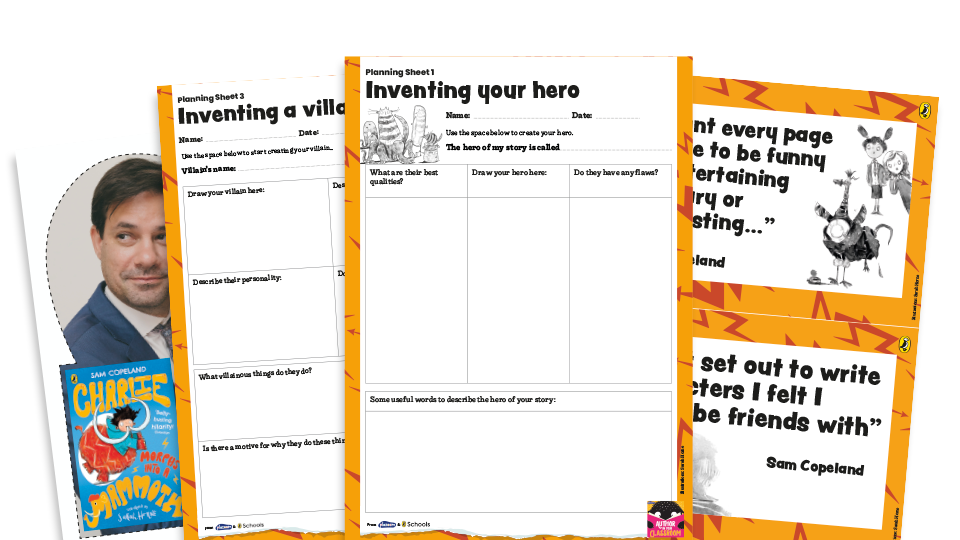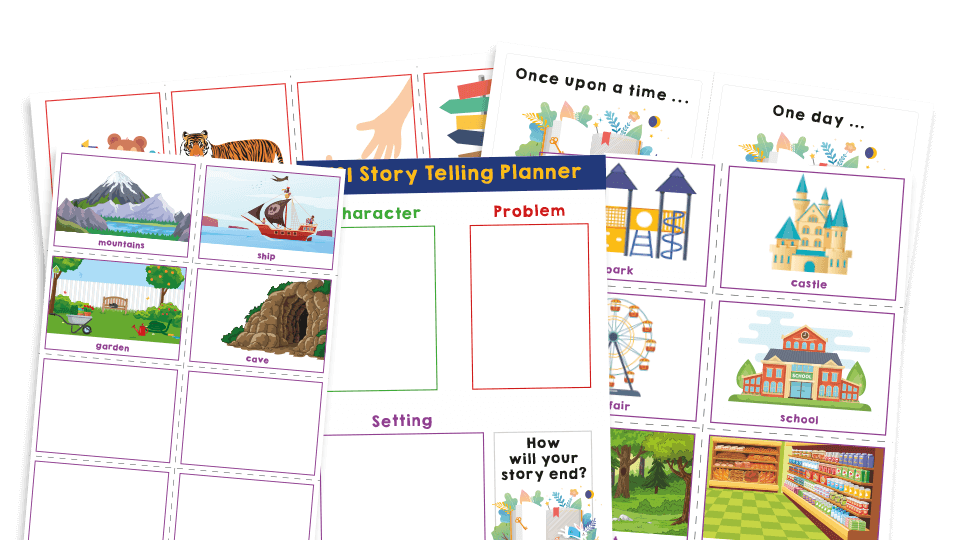Understanding a person inside and out, from their best qualities to their worst habits, is what character description is all about – and it’s what makes characters feel real to readers.
Who are your best friends? Have a think about them. What are your first thoughts, such as what they look like and how kind or funny they are?
Now think a little deeper. As you do so, you could probably say what their favourite things are, what they don’t like and what makes them laugh. There’s a good chance you are smiling to yourself as you think about them.
Now, if you can bear it, think about people you don’t like. What is it that they do that annoys or upsets you? No doubt you can think of plenty of things!
What is character description?
In both cases mentioned above, the reason you know so much about them is all down to character description. Think about it, if you didn’t know much about someone, you wouldn’t really care about them, for better or worse.
And if readers don’t have the chance to know much about the characters in the story they are reading, they won’t care about them either.
It might be worth making that point to the young writers you are trying to nurture. In short, the features of a character description are the things that help you to get to know someone - and that means more than hair colour and body shape (although those have a part to play in both basic and brilliant character descriptions).
Character description examples
If you want to show your pupils how to write a good character description, you need a good character description lesson.
Our Author in your Classroom podcast, with accompanying resource packs, gives you everything you need to help KS2 pupils get right under the skin of their characters.
Children can listen to writer Sam Copeland, author of the Charlie McGuffin series, sharing his top writing tips, then create their own amazing characters with the help of teacher notes, PowerPoints, book extracts, planning sheets, writing sheets and plenty more besides.

Alternatively, join Lauren Child, author of Charlie and Lola, as she explains how to come up with a cast of characters, or listen to how Lisa Thompson adds mystery and excitement to her characters.
Effective character description in KS1
For younger children, why not try our KS1 Story Telling Cards? As well as helping to inspire pupils to create their own characters, they also help them to understand story structure, describe settings, use figurative language and start sentences in interesting ways.
What’s more, these attractive resources can be made into an appealing display.

How to write a character description
If you search the internet for examples of character description, you are likely to find almost as many as there are real people in the world.
A few themes are fairly universal, however. There also seems to be a pretty strong consensus towards opting for the quality of descriptions over the quantity. So, make sure your pupils focus all their efforts on finding the best, most telling words to describe their characters.
This KS2 resource pack helps pupils master character description through two engaging WAGOLL texts: Jamal’s Aunty for LKS2, which uses vivid, detailed language to bring a family member to life, and The Stranger for UKS2, which reveals character through dialogue and show-don’t-tell techniques.
Supporting materials include planning sheets, writing frames and character image cards to guide pupils from analysis to independent writing.

Character introductions – first appearances
The way a person’s appearance is described is crucial for anchoring that character in the reader’s mind. Physical details matter: do they have green eyes, brown eyes? Black hair, blond hair? What about pale skin or dark skin? Even secondary characters can benefit from this attention paid to descriptive details.
But for strong character descriptions, other aspects are just as important and often more so. While physical descriptions needn’t go on for ages, a few well-chosen adjectives will help to embed that character in the consciousness of the audience.
Character’s personality traits and behaviour
How characters speak, move and behave will also be central to establishing them as individuals. Little quirks of body language are particularly good at setting characters apart, as long as they don’t dominate all other character traits.
It also helps to build a clear picture of their personalities, opinions and motivations, because that will govern how they act in any situation within the story.
After all, lazy, self-centred and unforgiving characters are unlikely to put themselves out enough to rescue people who have found themselves in perilous positions.
This writing template helps pupils create and develop interesting characters for their stories. It includes worksheets for designing characters and exploring what they might say. Pupils will describe their character's appearance, personality, dialogue and behaviour.

Character development and backstory
Sometimes, it really helps to have a clear idea of fictional characters’ backstories – significant events that have happened in their past – as this might affect their actions during the narrative.
The traumatic experiences of a certain boy wizard during the early years of his life spring to mind at this stage.
Once again, the trick with this aspect of character descriptions is to make the details of the backstory interesting and relevant, and only refer to them if necessary.
Putting your main character into action
When your pupils have clear descriptions of their main characters, they need to put them to work in their stories. The crucial thing here is how they do it. Urge your pupils to follow the mantra of ‘show, not tell’.
No matter how well they have written their basic character descriptions or how impressive their vocabulary choices, if they just regurgitate a list of adjectives, it is unlikely to engage the reader.
‘Show, not tell’ means letting the actual characters demonstrate their particular traits through their words, actions and reactions to the events of the story.
Occasionally, especially when you introduce characters, you might want to describe their appearance. Most of the time, however, you want to reveal character traits through words and deeds; that’s how you create truly believable fiction characters.
If you want to have good examples of what this means in practice, take a look at our Show-Not-Tell writing posters.
These take a selection of emotions and show pupils how they could put these into actions, like writing “The door loudly slammed behind her,” instead of “She was very angry,” for example.

Alternatively, this KS2 creating characters challenge mat helps pupils analyse examples, rewrite sentences to reveal character through actions and plan their own stories, developing vivid descriptions of appearance, personality and behaviour.

We hope this has successfully put some meat on the bones of brilliant character description. Now it’s down to you to help your pupils bring their creations to life, with an amazing story idea…
Sue Drury qualified as a primary teacher in 1999. Teaching pupils from Year 1 to Year 8, she has held a variety of positions including maths and English subject leader, year leader, and assistant headteacher. Sue has mentored students and NQTs, offering guidance and advice using her years of experience. She created many of Plazoom's literacy resources.